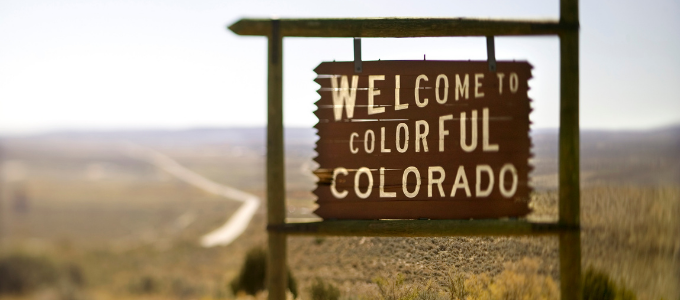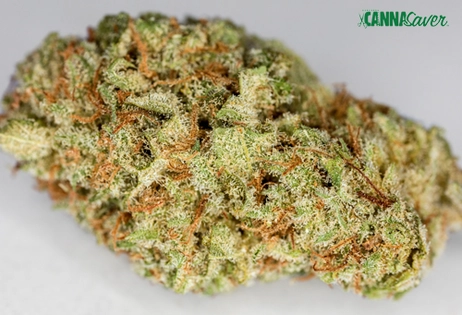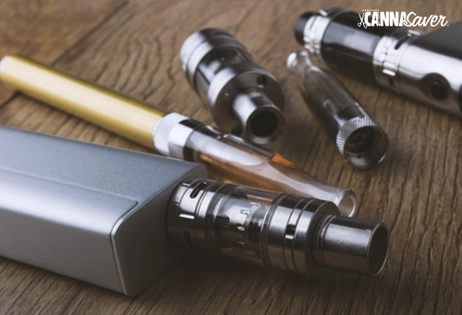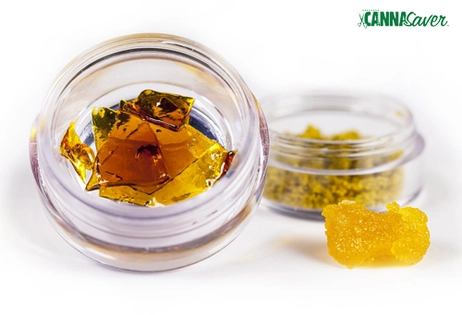
There is a definite pattern of Colorado population growth since the legalization of marijuana. In 2015, Colorado was declared the state with the second fastest-growing population in America with a population of 101,000.
In the years after legislation to legalize marijuana, the population increased by over 30,000. In 2014, Colorado’s population increased by another 35,500. The year 2015 saw almost 37,000 new residents.

A study by IZA Institute of Labor Economics, a German research firm, found that the population of Colorado showed a sharp increase after the legalization of medical marijuana.
Several factors may have caused the population to increase at the time when marijuana was legalized. To explore the reasons for the Colorado population growth, the US Census Bureau used data from the American Community Survey.
Comparing the results of census data taken in 2005 and 2009, they concluded that the annual move to Colorado rose by between 11% and nearly 20% since the legalization of (medical) marijuana in 2011.
Population growth can be the result of increasing birth rates that are larger than death rates. It can also be explained by immigration. New residents may come from Canada, Mexico, South America, Europe, or Asia.
Colorado’s rapid population growth comes mostly from domestic immigration. The movement of people from one state to another is a typical reason for population growth.

People choose to move from one state to another for several reasons. These include greater employment opportunities, climate, more affordable housing, greater safety, recreational options, retirement living, and better medical care.
While the rapid growth in marijuana production and the opportunities to use marijuana legally in the state have most certainly accounted for some of the population growth, there are other reasons people are moving to Colorado.
New job opportunities have opened up in Colorado. Denver Business Journal rated Colorado the second-best state for jobs. Some are related to marijuana production and sales. But other areas such as construction and tourism are also growing.
Colorado’s climate with an average of three hundred days of sunshine annually is a drawing card for both retirees and the younger set. Many come because they like the beautiful landscape, the laid-back lifestyle, and the many recreational opportunities.
Marijuana production and sales are big business for individuals and for the state of Colorado. In 2019, CNBC reported that Colorado state revenue for marijuana had surpassed a billion dollars.
Colorado imposes a 15% excise tax from the cannabis grower to the retailer. Additionally, the state places a 15% sales tax on the buyer.
In 2018, Colorado legal pot sales topped $1.2 billion, with the state pulling in about $270 million in taxes. Compare that to the approximately $45 million that the state collected in tax on alcohol that same year.
Presently, Colorado has almost three thousand licensed marijuana businesses. Over forty thousand Colorado residents are licensed to work in the marijuana production industry.
In a little over three years, Colorado garnered $500 million dollars in state revenue from marijuana sales.
In April and May alone, the state saw its two highest-grossing months with $24 million in state revenue.
Colorado’s cannabis revenue is used for health, education, and youth drug prevention initiatives.
Colorado politicians point to other positive aspects of legalizing marijuana besides tax revenue. These include increased employment, crime reduction, increased business, and residential construction, and higher occupancy rates in rental properties.

The eleventh state to legalize cannabis for recreational use, Illinois joins Washington, Alaska, Colorado, California, Maine, Massachusetts, Oregon, Vermont, Michigan, and Nevada. Washington, D.C. legalized marijuana sales, as well. To date, thirty states have legalized marijuana for medical and/or recreational use.
Many state leaders see revenue from marijuana sales as a way to help states which are in financial crisis.
Illinois estimates state revenue at $170 million annually. This income is from both marijuana sales and producer license fees.
Investopedia points out that there are several areas of revenue for states that have legalized marijuana. Job opportunities lure people to the state. New residents increase state revenue. Building projects abound when people move to the state.
Marijuana production, licenses, and sales bring in millions in state revenue.
In addition, cannabis production provides investment opportunities for the state, the country, and worldwide.
Washington State reaped $376 million in annual revenue for legalized marijuana.
NewFrontierData.com, a cannabis data website, predicts that by 2025 legal cannabis will grow to $25 billion. This projects huge revenue for states with legalized marijuana.
Not all states have fared as well as they had projected. While California hoped to take in $643 million in revenue, it pulled in only $345 million in 2019. California’s marijuana industry is struggling to make a profit because of black market marijuana sales.
As with most things, there is a downside to legalizing marijuana.
Long-term or extended use of marijuana may be harmful both as a cancer-producing smoke and as a mind-altering substance.
Second-hand smoke from marijuana has proven to be harmful to others.
Regular use of marijuana can lead to the use of harder more harmful drugs including heroin and cocaine.
There is no argument. Cannabis production puts millions in state coffers. In addition, it creates large numbers of new jobs in production and sales. People who move to the state to fill these jobs boost the state’s economy. They create a need for increased housing and increase retail sales.
Medical marijuana has proven therapeutic benefits. Its legal availability does not seem to have increased its use among youth.
Crime and violence have decreased because of decriminalization of cannabis consumption and sale. Policing costs have thus decreased because the illegal selling and buying of marijuana has been removed. As Market Watch notes, where states have legalized recreational marijuana, police can spend time on solving these serious crimes instead of making marijuana possession arrests.














